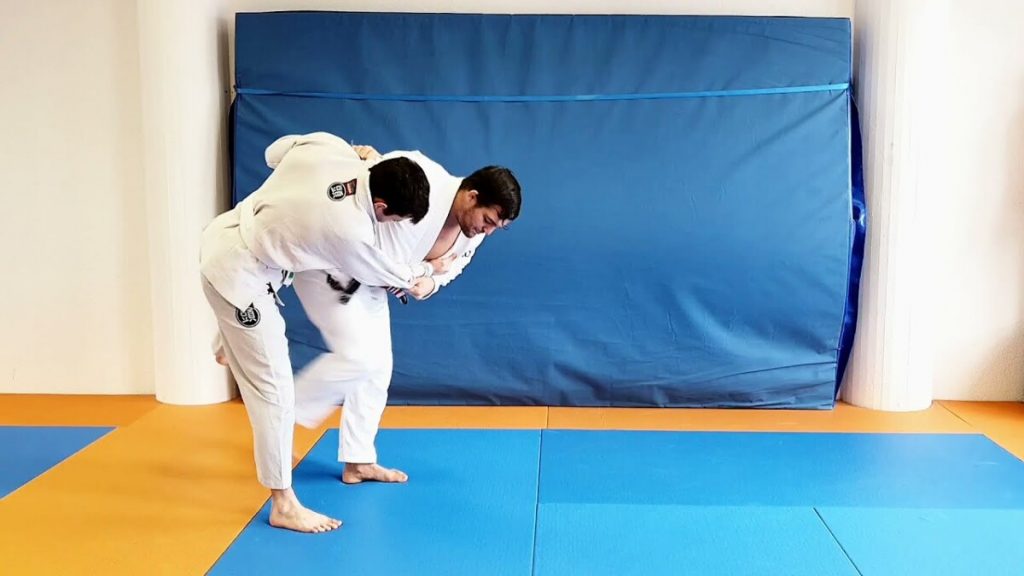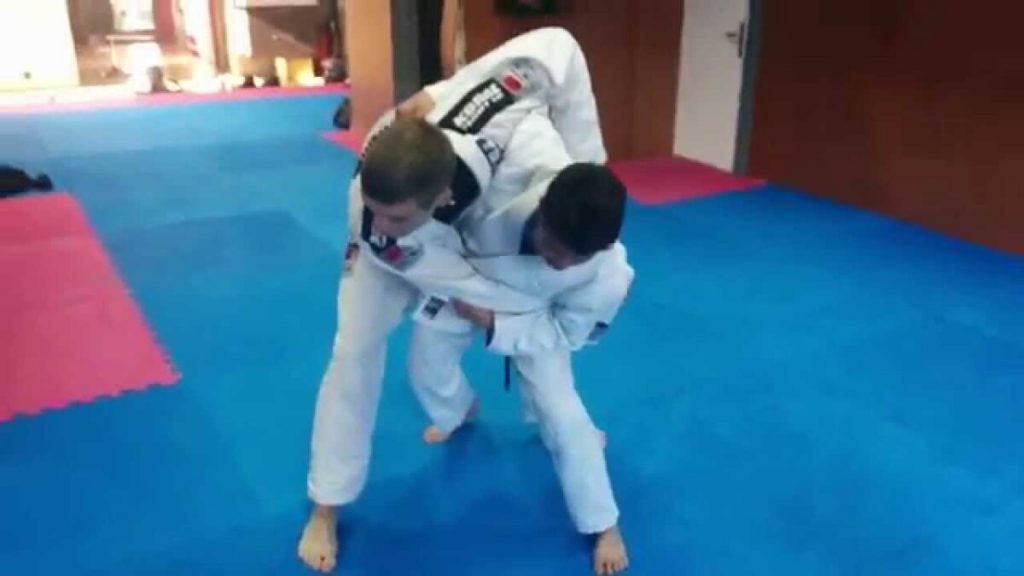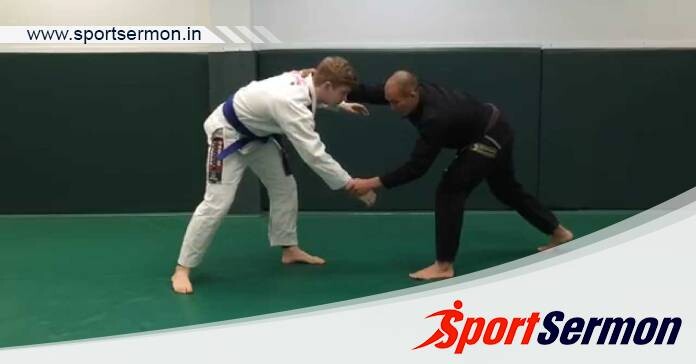BJJ Uchi Mata: Brazilian Jiu-Jitsu is well-known in the martial arts community for its intricate ground and submission moves. This is somewhat accurate, but it’s not the whole picture because BJJ is a grappling discipline that also uses throws and takedowns as part of its skill set. Given that Jiu-Jitsu originated from Judo and Japanese Ju-Jitsu, the technique of cross-pollination is not unusual. The ever-popular uchi mata is one of these. With this subtle yet effective throwing technique, you’ll become a monster in the stand-up. In this post, we’ll go over the fundamentals of this throw.
The Uchi Mata’s Fundamentals
The uchi mata, often called the “inner thigh throw,” is a well-liked throw that makes use of skill and positional supremacy. During the throw, you must sweep your leg over your opponent’s inner thigh. They become unbalanced and more prone to falling as a result. It is a very subtle toss that can be too hard for a novice to master. Yes, it has a few minor subtleties, but we think grapplers of all skill levels can master it with enough practice.
You might also be interested in reading this: 4 Triangle Escapes You Must Learn For Your BJJ Skills
The Uchi Mata’s Working Mechanisms

Jimmy Pedro, a great Judoka, begins by stating that the first crucial step is to get your opponent closer to you. To create an off-balancing force (kuzushi), draw the opponent from the initial collar and sleeve grasp. This is crucial since it guarantees that you will gain strength while simultaneously making the opponent’s position weaker. With your lead leg in a crossstep, insert your support leg between their legs. To finish the throw, shift your body sideways and hoist your opponent with your lead leg (reaching inside their leg). A flawless, nearly easy finish should arise from following these stages precisely.
No-Gi Uchi Mata
Sambo Master Vlad Koulikov and the Evolution Grappling Academy break down the No-Gi uchi mata. They begin with the first grasp. When executing this throw, Vlad likes to employ the Whizzer and the wrist (or elbow) control. This combo negates common escapes from the opponent with ease and is very effective for control. Like the Gi variation we presented, he loves to take a deep stride with the supporting leg. Rather than concluding with the reap, he prefers to do a move he refers to as the “sumo lift,” in which he elevates the opponent with a side lifting motion akin to how sumo wrestlers begin their contests.
Modifying The Uchi Mata for Mixed Martial Arts And BJJ
Since the uchi mata comes from Judo, certain modifications are needed while using it in BJJ and MMA. In order to counter takedowns, BJJ practitioners generally maintain a lower position, therefore the entry to the uchi mata needs to be more rapid and accurate. BJJ competitors should also be aware of any guard pulls and make sure they lock down the top position following the throw.
In mixed martial arts, it is advised to employ the uchi mata from a clinching stance, particularly if you have a whizzer or underhook. In the aftermath of an unsuccessful single-leg takedown, the throw is also commonly employed. You should maintain touch with your opponent when they grip your leg, shift your weight forward, and do the uchi mata with ease. You should nearly always be able to launch your opponent with this setup.
Typical Issues

When you consider it, the uchi mata has a lot of moving components. You must pay attention to a few crucial phases from the beginning, to the placement, to the end. These are typical issues that arise during the first several weeks of study.
- Awkward Hip Placement: Not positioning your hips in relation to your opponent correctly is one of the most frequent errors. You might not be able to toss them with adequate force since a small misalignment lessens the throw’s leverage. Ensure that you enter with the proper gait.
- Weak Pull On The Upper Body: The upper body is just as important in the uchi mata as the leg sweep. The efficiency of the throw decreases if you are not throwing your opponent off-balance. Focus on aligning your upper body pull with your leg action to fix this. Your body ought to function as one.
- Fear of Commitment: Complete dedication is needed for the uchi mata.
Stopping in the middle might lead to an unsuccessful throw or, worse, an opponent counter. The secret is to work on the throw in a controlled setting, gaining proficiency in the move, and then putting it all on the line when sparring.
Using Other BJJ Methods Along With The Uchi Mata
Once you’ve mastered the uchi mata, you may utilise it to position yourself for different attacking choices, both on the ground and when standing. One way to do this is to set up a front headlock after an unsuccessful uchi mata. You may use this straightforward yet powerful combo to stay on the attack for as long as possible.
In summary
To sum up, the uchi mata represents more than simply a throw; it also represents how martial arts can be viewed as both a sport and an art form. It’s a motion that’s stunning to see and heartbreaking to be in. We invite you to look at this traditional throw and spend some time getting to know its subtleties. We promise that practising consistently for a few months will improve your standing game significantly, even if it could take longer.
It is best to design a system that allows you to switch between different approaches (such as the uchi mata) based on the circumstances. Investing in this will definitely pay off as you gain expertise and experience.

